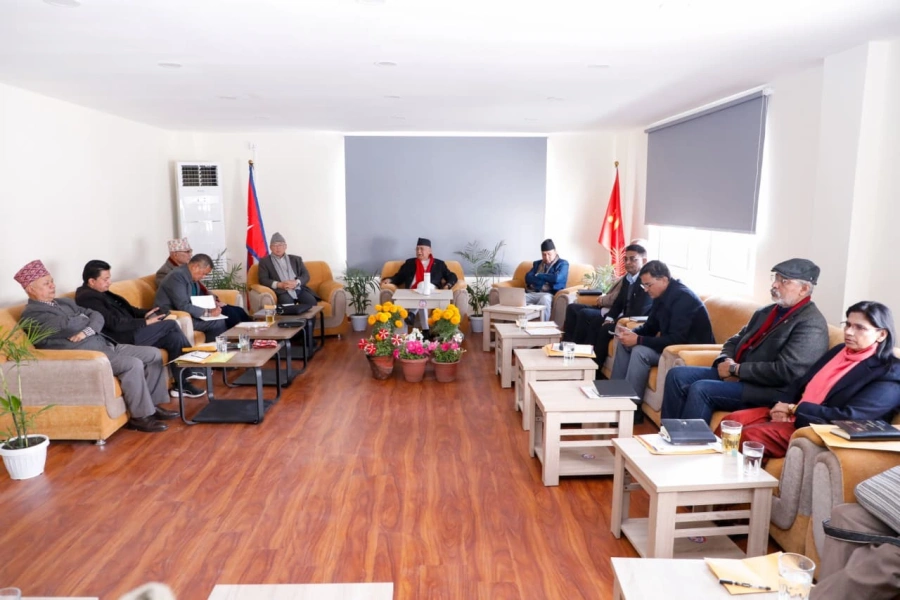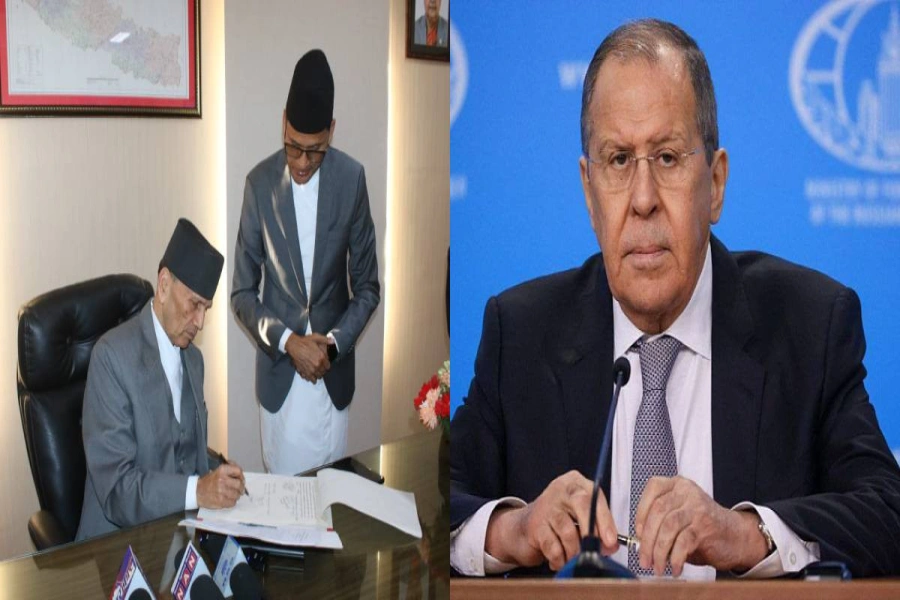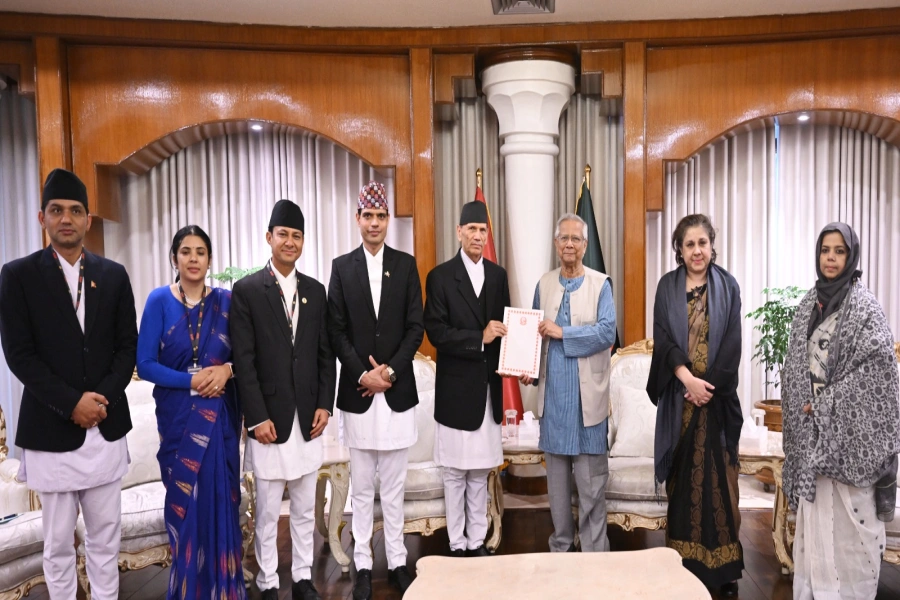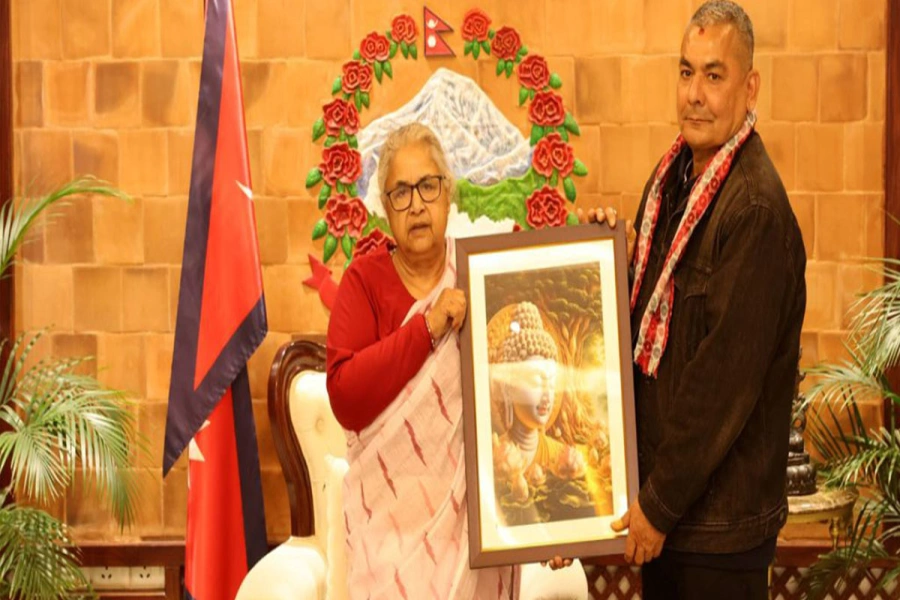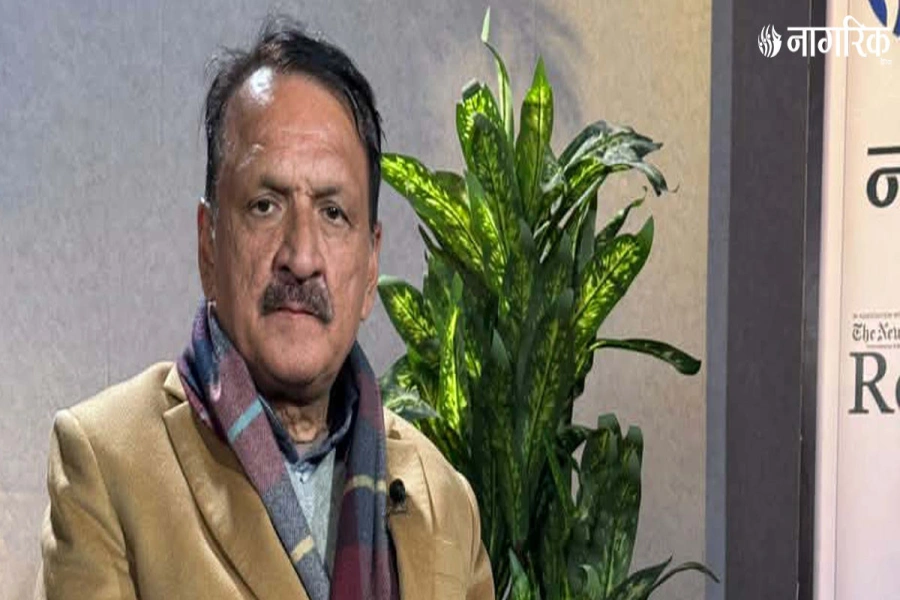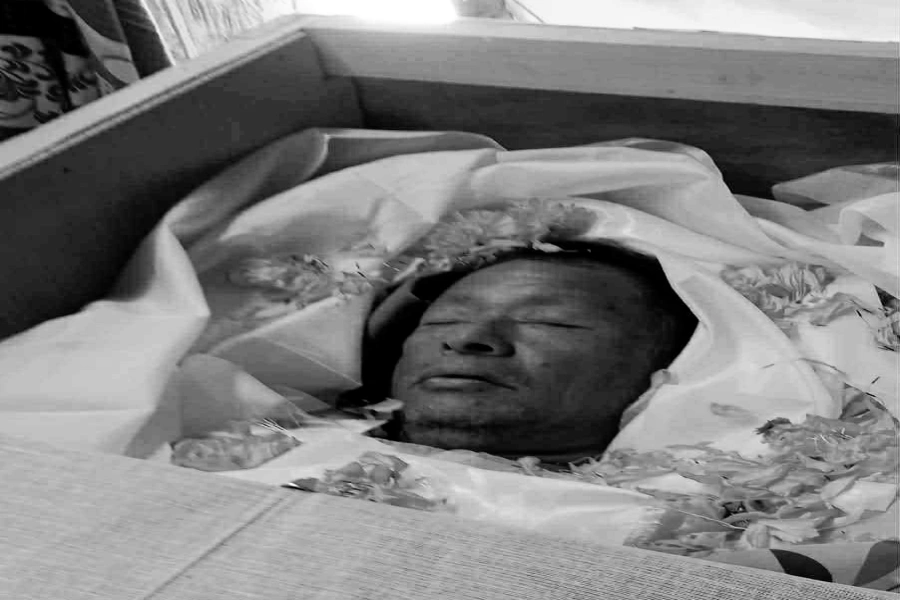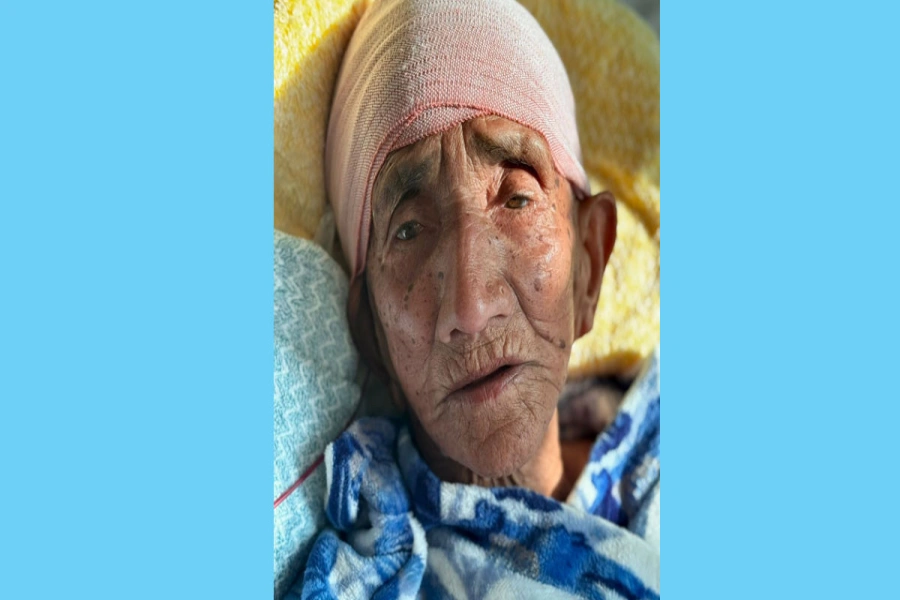Do intellectual property principles or fair use policies only apply to Western creators and producers? It is hard to believe AFP and Getty Images can be so negligent about their professional ethics
My reaction here to that photo—yes, that one, depicting the traffic gridlock on Mt Everest last week—is a small attempt at celebrating the diffusion of journalistic techniques among professionals beyond journalism. Sorry, professionals in the press. Additionally, my comments bring to focus alternative readings of the particular image as a way to participate in the great debate of imaging the highest summit.
Who committed that journalistic feat, and what’s so significant about that picture? What possible range of meanings can we derive from it?
The image of that precariously narrow, snowy ridge, visibly streaked up by dozens of somewhat inclined figures in colorful outfits, was shot by Nirmal Purja Magar aka Nims, described by the National Geographic as Nepal’s new “action hero” mountain climber, on a mission to defeat 14 highest peaks in just seven months. The way that the news outlets around the world displayed the image suggested that a seasoned photo journalist might have been behind the iconic picture. The New York Times, for instance, placed it above the fold and countless other world news outlets carried it, not to mention its viral spread in social media.
Past pictures of overcrowding often lacked the visual perspective, distance or symmetry to evoke such deep impressions in users or audiences. The viral image captures the almost unbroken human chain at a perceptible distance, with humans huddling like wild beasts in a pack, stretching into what seems like the edge of a protruded world, literally kissing the skyline. A panoramic, vivid shot, indeed. The picture freezes this crammed moment in time.
Ethics of attribution
Worth of stories

This one is the “Moon Rise” moment of Everest, except that it is more like the “Everest Fall”; we can only assume that the fallen 11 climbers must be a part of this caravan. In their rush perhaps for scoop, many outlets traded speed for ethics and failed to properly credit the image to Magar who bemoaned that it was UNFAIR & UNPROFESSIONAL (original emphasis) for the big news agencies to use the picture without his permission.
Do intellectual property principles or fair use policies only apply to Western creators and producers? It is hard to believe that agencies like AFP and Getty Images can be so negligent about their professional ethics. I tried to browse their websites, but silence seems to be their word on this issue. Do you have to be a photo journalist for your work to be credited? This particular photo is a potential Pulitzer Prize winner for 2019, only if non-journalists could be considered for that award. What happened to the notion of democratization of journalism and the rise of the so-called “citizen” or “open-source” journalism?
The mainstream news media increasingly depend on non-journalists to play at least a part of their news-gathering and dissemination role. But they still appear reluctant to acknowledge the power of non-journalists to act as their own gatekeepers. In the past, journalists and documentary makers formed an integral part of climbing expeditions. Today, advances in smart phone technology as well as WiFi connectivity around Mt Everest have turned every climber into one’s own own journalist or publicist, with one’s own creativity and imagination.
The real problem is that without journalists on the spot, it is extremely hard to separate truth from propaganda, or independently verify facts on the ground. It’s like without journalists in battle grounds, how could the audiences be able to get a close up view of the horrors? Will the generals, the soldiers reveal the whole truth? How much can we rely on mountaineers whose interest may be more in persuasion and self-promotion than in fairly informing the public? For most journalists, “dateline Everest” is not only impossible, it is inconceivable. Most humans will never reach the summit of Mt Everest, and this fact makes the picture even more meaningful and significant in our sense-making of what’s going on up there. What matters more is not the picture but its interpretations.
Unfortunately, images can be deceptive. The viral picture prompted some counter-pictures from Karma Tenzing, another Everest summiteer, who contradicted Nims’ visual account. In his view, the viral photo actually misrepresented and exaggerated the situation on the ground; during most of the climbing season, there is no traffic jam up there.
Some Everest-watchers blame the adventure press culture and propaganda for the mess. In an article published Sunday in The Washington Post, Michael Kodas, an American photojournalist, commented: “there is also something eerily familiar about the coverage. Over the years, reporting about Everest has slipped into a vicious cycle: veneration of its climbers and their goals when things go right, followed by vilification of the culture of Everest when they don’t… Everest may have turned into a circus, but that’s partly because so many of us are watching, and hyping, the show.”
Portrait of Everest
Garbage dumps, exploitation of Sherpas, and overcrowding are some of major issues as we have learned from the media or individual climbers. But we may never know first-hand the real extent of the problems on the ground. Even witnesses clash, offering contradictory interpretations of what happened. That is classic “Rashomon effect” as depicted in Akira Kurusawa’s movie Rashomon.
To better react to the image in all its complexity, I would assume the roles of different witnesses. What you bring to the image as a person is often what seems important in or about the picture.
For starter, look for the symbols. The serpentine queue of colorfully dressed people must mean something. Does red symbolize vitality? Sorry, I can’t see their faces! How would I read their expressions? Where are the fallen climbers? And nobody is carrying any Nepali flags—this place could easily be somewhere in Colorado. An exposed rocky slope—does that suggest effects of climate change? Has the problem gotten so serious?
What emotions does it trigger in me? Do I really care about what is going on? Well, yes, with this article, I think I am doing more than just asking questions. The socioeconomic analysis is that these climbers are miracle machines who display a collective courage. Do they look cooperative? Any disparities or conflicts between them? Hard to tell from the picture; but cannot ignore those stories that frequently mention “unskilled” climbers or “exploited” Sherpas. Can I see any systematic exclusion of women or minorities? Any indications of dominance or subjugation of sexes? Perhaps fewer women climbers or team leaders?
Sociologically, does the image break any norms? Is it deviant? Is it ethical? People who revere the peak as “the mother goddess of the earth” must certainly find it vulgar and repulsive. The sacred goddess has been equated with something profane, ever since the first ascent. Remember the expression by Edmund Hillary, after he and Tenzing Norgay reached the top of Mt Everest: “Well, we knocked the bastard off!”
One consolation is to read the image aesthetically. The composition, the use of lighting, shot selection is impressive. People suffer crippling frostbites when taking pictures at that height. Is the photographer alright? The context of the image—the recent renewed campaign on tourism or the record-seeking culture surrounding Mt Everest—forces us to look behind and outside the picture.
We can stress a causal link between overcrowding, Nepali government’s greed for more royalties, or unskilled climbers and increase in the number of their deaths. But these have to be seen in the bigger context of the global commodification of Everest in today’s popular press or social media that ever push the boundary of realism, of vividness, of “show, don’t tell”, as it is referred to, respectfully, in the profession.
A journalistic reading of an image is not enough. “Newsworthiness”, defined more by speed and clicks these days than by the core news values, appears incapable of explaining the goals and methods of visualization. Visual analysis for the users and the general public has to consider “life-worthiness” and should speak to a broad spectrum of perspectives and experiences.
dharmaadhikari@gmail.com



